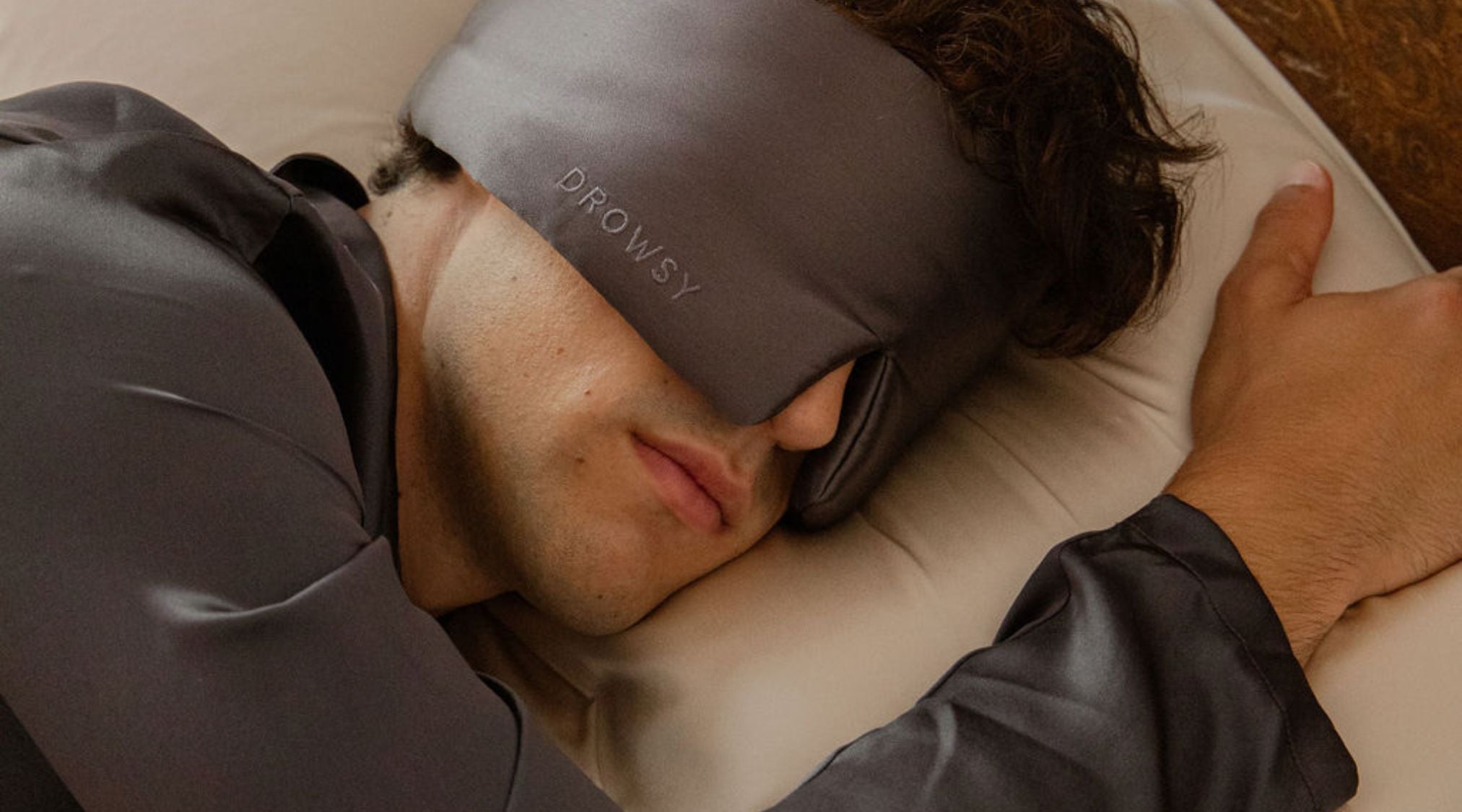Optimal sleeping positions for a healthy night's rest
A good night's sleep isn't just about how long you snooze; it's also about how you snooze. The way you sleep influences your spinal alignment, digestion, snoring, and even your mood. If you've ever woken up with a crick in your neck or an aching back, your body could be begging for a change. Here's a look at the best (and worst) sleeping positions for a restful, pain-free night.
1. Back sleeping: support your spine
-
Best for: Lower back pain, acid reflux, and preventing facial wrinkles.
-
Tips: Place a pillow under your knees to relieve pressure on your lower back. Use a medium-firm mattress to maintain alignment.
Sleeping on your back is often viewed as the gold standard, especially if you suffer from back pain. When done right, this prone sleeping position distributes your weight evenly and maintains a more aligned spine. As a bonus, it can also help prevent wrinkles by keeping your face off the pillow. Some studies in sleep medicine suggest that back sleeping may also reduce pressure on joints and promote better circulation.

2. Side sleeping: reduce snoring
-
Best for: Digestion, anti-snoring, pregnancy support.
-
Tips: Resting a pillow between your knees helps maintain proper hip alignment and reduces pressure on your lower back. Use another pillow that fills the space between your head and mattress to prevent neck pain.
Sleeping on your side, especially on your left side, is ideal for digestion and can reduce acid reflux. It's also great for snorers or those with obstructive sleep apnea. However, the fetal position (curled up too tightly) can lead to back or neck pain. If you suffer from gastroesophageal reflux disease, side sleeping can help prevent acid from creeping up into your oesophagus while you sleep.
3. Fetal position: comfort with caution
-
Best for: Pregnant women, relieving lower back pain, and reducing snoring.
-
Tips: Bend your knees slightly, and use a body pillow for support.
A variation of the side sleeping position, the fetal position can feel cosy and natural. However, curling up too much can restrict your breathing and put pressure on your joints. If this is your favourite position, let your legs be slightly extended rather than tightly curled. People experiencing insomnia symptoms sometimes find this position comforting, but proper spinal support is crucial for restful sleep.
4. Stomach sleeping: a risky habit
-
Best for: Reducing snoring (but not much else).
-
Tips: Use a thin pillow (or none at all) to minimize neck strain and shoulder pain, and try putting a pillow under your hips to relieve pressure in the lower back.
If you sleep on your stomach, you're in the minority, but that's not necessarily a good thing. Sleeping this way may put excessive strain on your neck and spine, causing pain and discomfort. It can also lead to increased nocturnal body movements as your body subconsciously tries to find a more comfortable position throughout the night. However, for some people, it's the only way to avoid snoring.
5. Starfish position: relaxed but problematic
-
Best for: Easing strain on joints and spinal alignment.
-
Tips: If you snore, try elevating your head with a pillow to keep your airways open.
Lying on your back with your arms spread out can prevent pressure points and keep your spine in a neutral position for a proper sleep posture. However, it may lead to snoring and even acid reflux.
6. Soldier position: good for posture, not for snoring
-
Best for: Posture, spinal alignment.
-
Tips: Use a pillow to support your neck without pushing it too far forward.
This is a variation of back sleeping in which you lie flat on your back with your arms down at your sides. It's great for posture, but can sometimes lead to sleep apnea or increased snoring.

Which position is right for you?
The ideal sleeping position varies based on your body. If you suffer from back pain, sleeping on your back or the side is usually ideal. If snoring is your nemesis, side sleeping is the best sleep position for you. Stomach sleepers might want to consider training themselves in a more back-friendly position.
It's also important to see how your body responds over time. If you wake up sore or unrested, try slight adjustments, like placing an extra pillow behind you to support your back or adjusting the positioning of your legs. Keep in mind that your sleep position might change over time with age, injuries, or lifestyle changes. So, try to stay flexible and be willing to adapt for a restful sleep.
A few extra sleep tips
-
Invest in a good mattress: Your sleeping position is only as good as the bed you're sleeping on.
-
Choose the right pillow: The right pillow can also make or break your spinal alignment.
-
Stretch before bed: Loosening up tight muscles can help your body settle into a more comfortable position.
-
Listen to your body: If you wake up in pain or stiff, it may be time to try a different sleep position.
Finding what works for your sleep
Better sleep doesn't come from one solution, but it's usually the result of small, consistent changes. Paying attention to your evening habits, managing stress, and building a calming bedtime routine can all play a role. Everyone's sleep needs are different, so it helps to experiment and see what works best for you.






